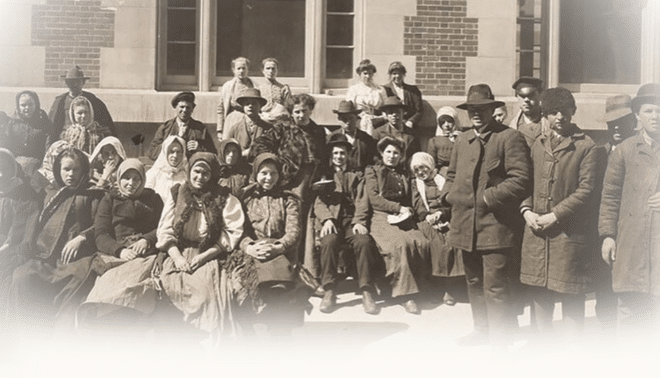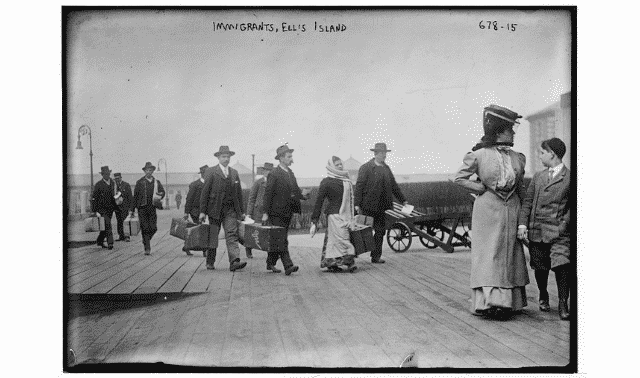Sign up for the Family Tree Newsletter Plus, you’ll receive our 10 Essential Genealogy Research Forms PDF as a special thank you!
Q. Where can I find immigration information about an ancestor who came through Castle Garden, NY, in 1874? I don’t know what ship brought him to the United States.
A. Passenger lists from 1820 to about 1891 were known as customs lists. Ship company personnel completed these lists at the port of departure, printed them in the United States and maintained the records for statistical purposes. Customs lists contain scanty information—name of the ship and its master, port of embarkation, date and port of arrival, plus each passenger’s name, sex, age, occupation and nationality.
These lists (with some gaps), have been microfilmed and are available through the National Archives (
www.archives.gov) and through the Family History Library (
www.familysearch.org) in Salt Lake City and its branch Family History Centers. In the Family History Library catalog, look under United States Emigration and Immigration (no subtopic), or look under New York, NY (City) Emigration and Immigration. Then scroll down to “Passenger lists of vessels arriving at New York, 1820-1897; index to passenger lists of vessels arriving in New York, 1820-1846, United States; Immigration and Naturalization Service.”
If you do a film/fiche search on film number 350204, it will take you right to the series. Unfortunately, there’s a gap in the microfilmed indexes for New York arrivals between 1846 and 1897, when the majority of Irish and German immigrants arrived. But
Ancestry.com has electronically indexed and digitized all the Castle Garden records; they’re part of the site’s US Immigration Collection ($79.95 per year). Or check book indexes dealing with ethnic arrivals, such as the
Germans to America series (Scholarly Resources), which you can view at libraries for free.




